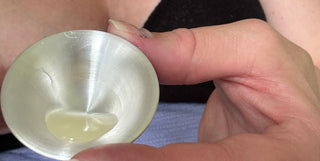As you prepare for your baby’s arrival, understanding and managing colostrum can be an important part of your preparation. Here’s a guide to help you navigate the process of pumping colostrum, from what it is to how to store it effectively.
What is Colostrum?
Colostrum is the first milk produced by your breasts during pregnancy and in the initial days after birth. It’s rich in antibodies and essential nutrients, providing your newborn with crucial immune support and aiding their early development. Though it’s often referred to as “liquid gold,” its quantity is small but potent.
When Does Colostrum Come In?
Colostrum begins to form during pregnancy, typically becoming noticeable in the last trimester. However, it may not be visibly evident until shortly before or after your baby is born. The transition to mature milk usually starts around the third day after birth.
Is Pumping Colostrum Before Birth Safe?
Pumping colostrum before birth is generally safe for most expectant mothers, but it’s essential to consult with your healthcare provider before starting. They can provide personalised advice based on your health and pregnancy. In some cases, early pumping might be recommended to prepare for specific medical situations.
Benefits of Pumping Colostrum Before Birth
- Prepare for Feeding Challenges: Having colostrum on hand can be especially helpful if your baby faces feeding difficulties or if you plan to return to work soon after birth.
- Boost Your Confidence: Knowing you have colostrum ready can give you peace of mind, easing any concerns about your baby’s initial feedings.
- Support Your Baby’s Health: Providing your baby with colostrum from the start ensures they receive its invaluable benefits, even if there are delays in establishing breastfeeding.
How to Pump Colostrum Before Birth
- Prepare Your Equipment: Ensure your milk collection kits and storage containers are thoroughly cleaned and sterilised before use. Speak to your IBCLC about using a Bubka Wearable Breast Pump for this; start by single pumping on one breast. When you begin pumping, you should start at a low vacuum setting and gradually increase to your comfort level.
- Massage Your Breast: Gently massage your breast while pumping to encourage the flow of colostrum. If you choose to hand express, you can collect your collostrum in a Bubka silver shield.
- Expect Small Quantities: It’s normal to pump only a few drops of colostrum at a time. Your newborn’s tiny stomach means just a few millilitres per feeding is sufficient.
- Consider Storage Options: Given the very small amounts of colostrum you’ll be producing at this stage, a milk storage bag might be too large (although you'll need these later, after birth). Instead, use a feeding syringe (available at most pharmacies) to collect and store the droplets. This method allows you to capture and preserve even the smallest amounts of colostrum effectively.

Image source: Mums Grapevine
Storing Expressed Colostrum
Store your pumped colostrum in sterilised containers or feeding syringes. Label them with the date and time for easy tracking. Keep the colostrum in the freezer until you’re ready to bring it to the hospital. Make sure to transport it in a cooler bag to keep it at the right temperature and give to the midwives upon your arrival. They will label it clearly and keep it safe in the freezer until you need it.
Preparing for your baby’s arrival by pumping colostrum can be a valuable step in ensuring a smooth start. With the right preparation and tools, you can provide your newborn with the best start in life.

